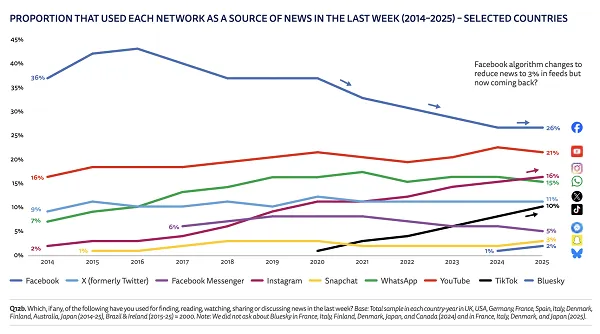Every healthcare organization walks a journey. But some just wander, while others actually go somewhere. Too many leaders chase shiny objects, react to the latest crisis or roll out strategies that have nothing to do with why the organization exists in the first place.
The best healthcare institutions, on the other hand, make every decision through the lens of a clear mission, a focused vision, and a deep understanding of the people they serve. Five essential principles align strategy with purpose—offering practical insights and real-world examples from leading health systems that have turned mission statements into mission-driven performance.
1. Know Why You Exist
Strategy without mission is activity without impact. Your mission is your organization’s DNA—it answers: Why do we exist? What business are we in? Whom do we serve, and what do they value?
In a recent speech to healthcare CEOs, I asked how many could recite their mission statement from memory. Two hands shot up.
Then I asked how many people could tell me what’s on a Big Mac. Two hundred people joined me in reciting the McDonald’s jingle: Two all-beef patties, special sauce …. I pointed out that the entire audience could perform a ditty that hasn’t been on TV for more than 20 years, but only two people knew their own organization’s mission statement! (I’ve done the same exercise with many groups with the same results).
A retreat to wordsmith the newest version of the mission statement, printing it on a mouse pad or a framed poster in the foyer might seem to be commitment enough. It’s not. Your mission should be the Holy Grail, the acid test for every decision. Without it, you get silos, confusion and mediocrity. A clear and vibrant mission shapes strategy, drives operations and creates a consistent experience for everyone. And it shouldn’t change!
If your mission isn’t more memorable than a fast-food jingle, you’re doing it wrong.
2. Understand the Demographics You Serve
Mission statements don’t live on the wall; they live in the lives of the people you serve. Take Bellevue Hospital: They didn’t just talk about serving diverse populations, they built clinics for immigrants and LGBTQ+ patients, invested in interpreters and hired staff who looked like their community. Some nursing school programs even require proficiency in Spanish. Nurse/patient relationships can’t exist if the nurse can’t speak the language of the patient.
My sister hadn’t studied Spanish in school, but when she and her husband established a mobile reconstructive surgery center in Nicaragua to serve children born with a cleft palate, they quickly learned what they had to know.
That’s not compliance; that’s living the mission. If you don’t design systems around real people, your mission becomes a slogan or a jingle.
3. Have a Clear, Flexible Vision
A mission is about now; vision is about next. But in today’s world, 20-year visions serve more as fantasies than realities. You need a vision that stretches one to five years—a direction that’s ambitious but actionable. The Cleveland Clinic’s “Vision for 2024” started as a blueprint, not a wish list. It established directions for investing in patient experience, digital health, serving underserved populations and research. This kind of roadmap to the future quickly turns to pragmatic plans that declare where you want to go and how you’ll get there, with specifics and deadlines.
4. Change Strategy, Not Mission
Think of strategy more as a GPS than a monument. The market changes, technology changes and pandemics happen, so strategy must evolve. But your mission remains constant. Look at the Mayo Clinic: They didn’t dilute their mission when they launched the Care Network or web-based coaching. They expanded their reach without losing their soul. Innovate, scale, adapt—but always echo your foundational purpose.
5. Know Who Would Miss You If You Disappeared
If your organization vanished tomorrow, who would notice? Who would lose? Kaiser Permanente knows the answer because they understand their mission: to provide high-quality, affordable care that drives everything, from prevention and chronic care to tech innovation and advocacy. Mission without margin, however, creates a fantasy world headed for perdition. Financial health and purpose need not become enemies. When your mission resonates, employees are engaged, patients are loyal and your brand becomes magnetic. That’s margin driven by mission.
No organization has happy customers if their employees are unhappy. To deliver exceptional patient care, your people have to feel taken care of too, because their livelihoods depend on it.
Mission is the Heartbeat of Your Organization
Your mission is not a wall ornament or a relic from a strategic planning retreat. It should serve as the heartbeat of your organization and the guardrail for every decision. The hospitals that thrive aren’t the ones with the flashiest branding or the most aggressive strategies—they’re the ones where mission drives every decision and every dollar.
When you lead with mission, success doesn’t happen as a result of a series of accidents. It makes triumph inevitable.



















































![[Oops! Corrected Link] Read Harder 2025 Halfway Check-In Survey [Oops! Corrected Link] Read Harder 2025 Halfway Check-In Survey](https://s2982.pcdn.co/wp-content/uploads/2025/06/read-harder-2025-check-in-survey.jpg.optimal.jpg)


















